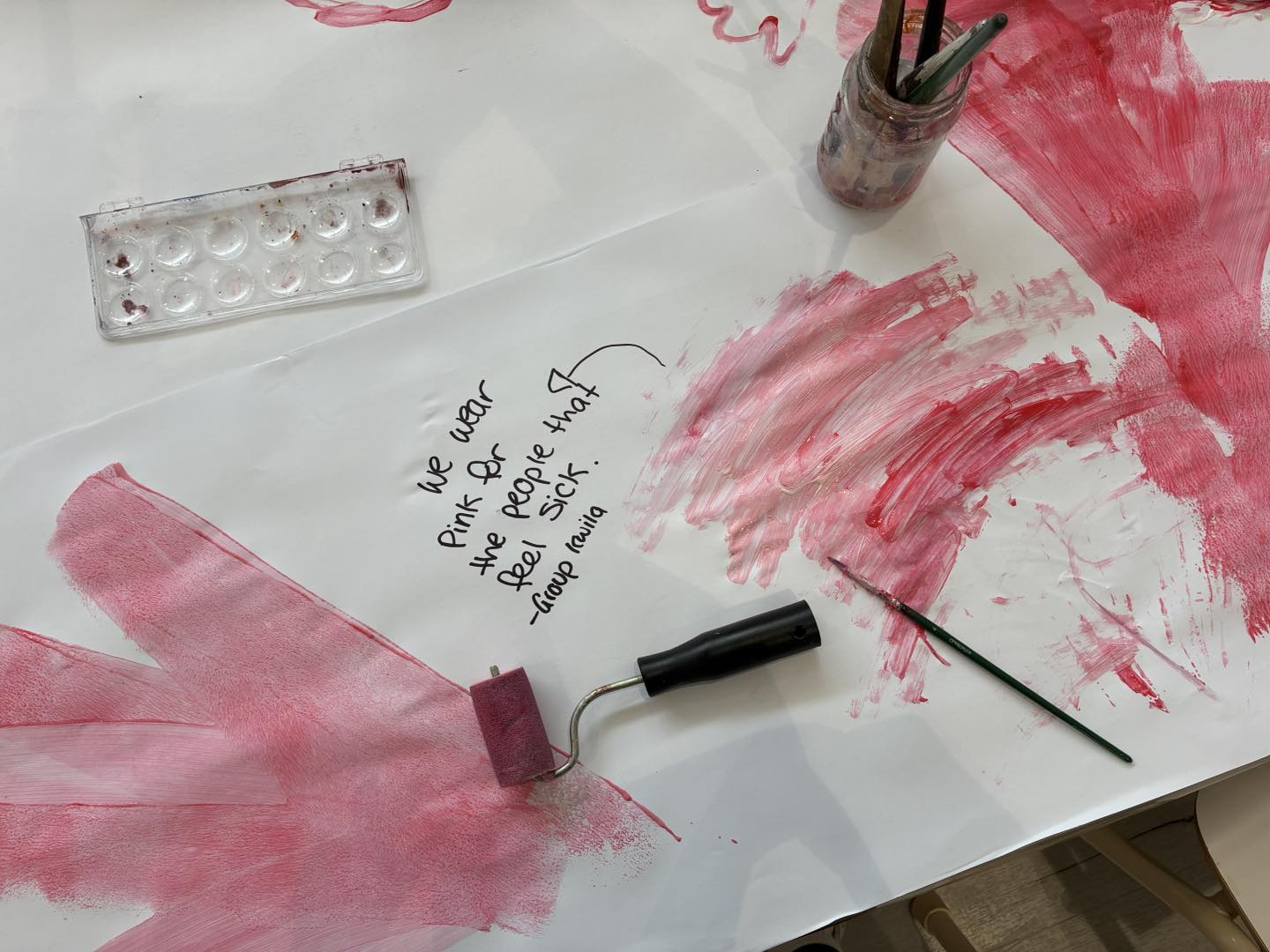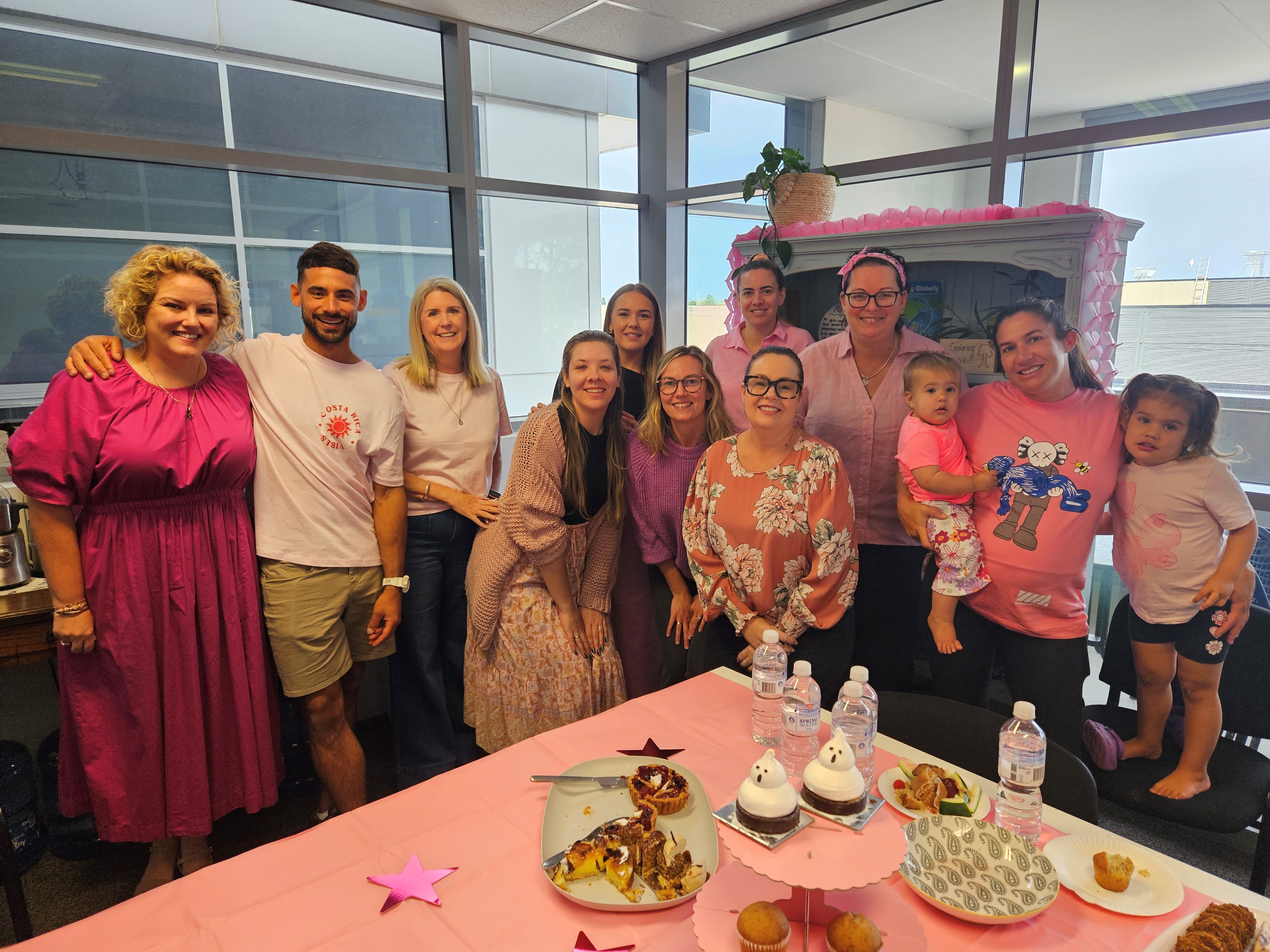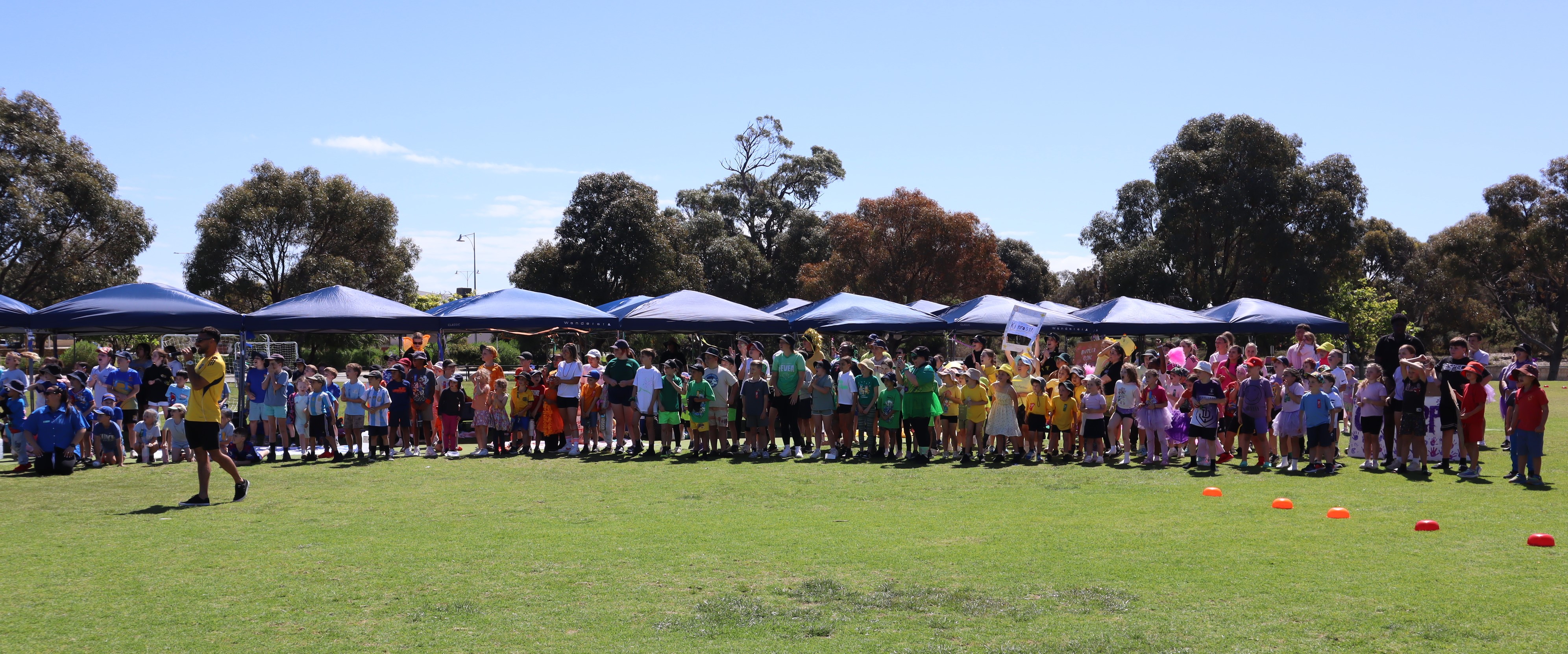
The Noongar Seasons Project
Unlike a traditional calendar, there are six Noongar seasons in Western Australia’s Southwest region, which are indicated by changes in local plants and animals.
Traditionally Noongar people hunted and gathered food according to the seasons, being guided by the signs in nature as to which animal and plant resources were plentiful at those times. These seasons are Birak (Dec/Jan), Bunuru (Feb/March), Djeran(April/May), Makuru (June/July), Djilba (August/September) and Kambarang(October/ November).
The Season we have welcomed this week is ‘Makuru’. Makuru is represented by the colour dark blue as it symbolises rain and cold weather. Makuru sees the coldest and wettest time of the year in the South West. Traditionally, this was a good time of the year to move back inland from the coast as the winds turned to the west and south bringing the cold weather, rains and occasionally snow on the peaks of the Stirling and Porongurup Ranges. Flowers that will start to emerge include the blues and purples of the blueberry lily and the purple flags.
In celebration of the Noongar Seasons, we are excited to introduce our long-term collaborate project: The Noongar Seasons across all our Atlantis and Tall Tree centres. The Reggio Emilia approach to early childhood education has an emphasis on collaborative projects. Together we will investigate and celebrate each season using a different medium over the next 12 months.
This season, we will be exploring and celebrating Makuru through mixed media collages. A Collage is overlapping pieces of material, such as photographs, fabric, coloured and textured paper and other types of mixed media. The process focuses on the act of selecting materials and cutting or ripping them into the desired shape, before arranging them and gluing them onto the chosen surface.
The children's learning through their collage making will be documented and displayed through daily journals, learning stories, photos, recordings and wall displays. This allows children to see the development of their thinking and learning and enables educators and parents to better understand the child's perspective on this project and see the learning that is taking place. Inspired by the Reggio Emilia Philosophy we see the child as strong, competent, curious, resourceful; that each child has enormous potential. A constructor of knowledge, actively seeking to make meaning of their world.














